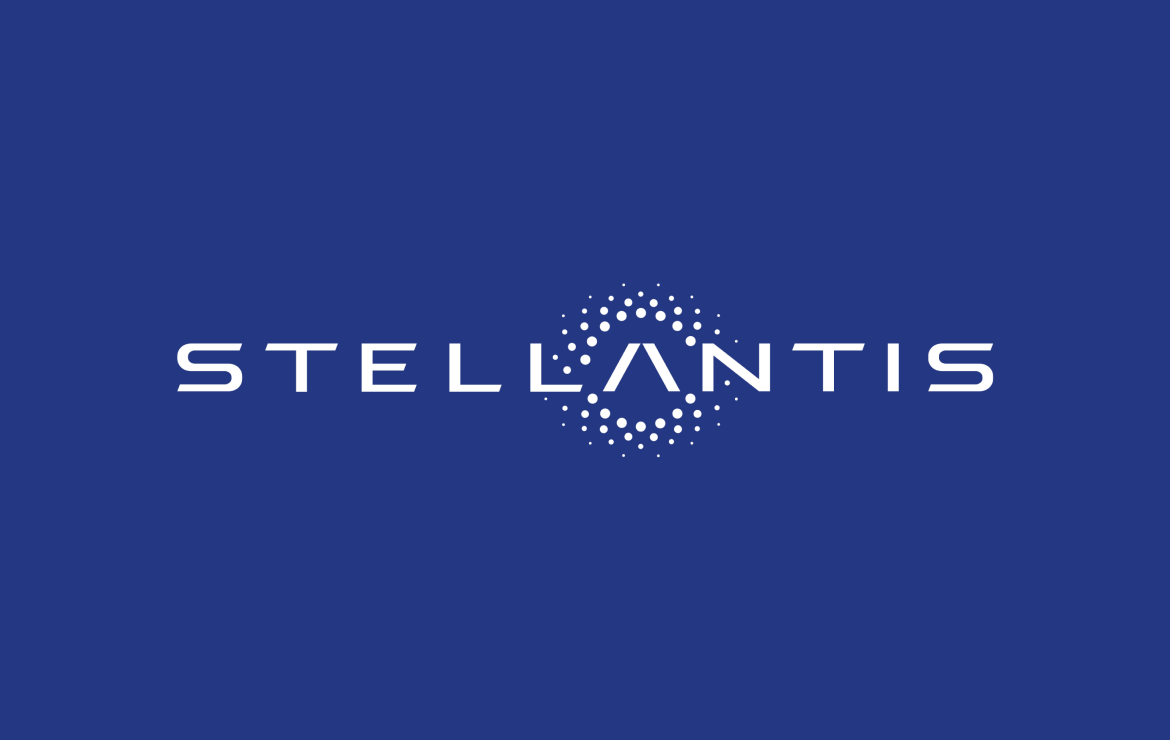Europe's once-domestic automakers have transformed into global players, capitalizing on the European Union's surplus car factory capacity to secure favorable government agreements.
Stellantis, formed by the merger of France's Peugeot maker Peugeot PSA, Italy's Fiat, and Detroit's Chrysler, now accounts for most of Italy's car production. However, Fiat's output has dwindled due to stagnant European sales, leading Stellantis to shift production to other countries within its extensive global network.
Capacity Utilization Challenges
Last year, Stellantis experienced a capacity utilization rate of 56% in its European factories, a decline from 2019's 64% and significantly lower than Volkswagen's rate of 71%. Typically, automakers aim for at least 80% capacity utilization.
Republic World noted that Stellantis is leveraging its surplus production capacity to negotiate subsidies and policy support from the Italian government and other countries. In the United States, state and federal officials offered subsidies to dissuade Stellantis CEO Carlos Tavares from closing a Jeep plant in Illinois. The plant will now be repurposed to manufacture a new midsize pickup truck, filling a gap in Stellantis' U.S. model lineup.
As pointed out by q957, Stellantis has primarily allocated European electric vehicle production to France. While France and Italy appear evenly matched on paper within Stellantis' production system, Italy solely relies on Stellantis as its major automaker, in contrast to France, which benefits from Renault's support and has more planned future EV models.
Italy's Demands and Allegations
Italian officials have demanded that Tavares increase Fiat's production to one million vehicles annually. Italian Prime Minister Meloni accused the Stellantis merger of being a disguised French takeover. Stellantis has urged the Italian government to provide incentives for EV purchases, lower energy costs, and facilitate the development of an EV charging network.
According to AlixPartners, Italy's total automotive production amounted to approximately 800,000 vehicles in the previous year, while France produced 1.5 million units.
Italy recently launched a 950 million euro ($1 billion) auto purchase incentive for this year. Stellantis has been relocating the production of more affordable vehicles to low-cost countries while assigning pricier models to be manufactured in France or Italy.
Photo: Stellantis Newsroom



 Union-Aligned Investors Question Amazon, Walmart and Alphabet on Trump Immigration Policies
Union-Aligned Investors Question Amazon, Walmart and Alphabet on Trump Immigration Policies  Citi Appoints Ryan Ellis as Head of Markets Sales for Australia and New Zealand
Citi Appoints Ryan Ellis as Head of Markets Sales for Australia and New Zealand  7-Eleven CEO Joe DePinto to Retire After Two Decades at the Helm
7-Eleven CEO Joe DePinto to Retire After Two Decades at the Helm  FDA Fast-Tracks Approval of Altria’s on! PLUS Nicotine Pouches Under New Pilot Program
FDA Fast-Tracks Approval of Altria’s on! PLUS Nicotine Pouches Under New Pilot Program  Instacart Stock Drops After FTC Probes AI-Based Price Discrimination Claims
Instacart Stock Drops After FTC Probes AI-Based Price Discrimination Claims  Trump Signals Push for Lower Health Insurance Prices as ACA Premium Concerns Grow
Trump Signals Push for Lower Health Insurance Prices as ACA Premium Concerns Grow  TikTok U.S. Deal Advances as ByteDance Signs Binding Joint Venture Agreement
TikTok U.S. Deal Advances as ByteDance Signs Binding Joint Venture Agreement  U.S. Lawmakers Urge Pentagon to Blacklist More Chinese Tech Firms Over Military Ties
U.S. Lawmakers Urge Pentagon to Blacklist More Chinese Tech Firms Over Military Ties  LG Energy Solution Shares Slide After Ford Cancels EV Battery Supply Deal
LG Energy Solution Shares Slide After Ford Cancels EV Battery Supply Deal  Boeing Seeks FAA Emissions Waiver to Continue 777F Freighter Sales Amid Strong Cargo Demand
Boeing Seeks FAA Emissions Waiver to Continue 777F Freighter Sales Amid Strong Cargo Demand  Delta Air Lines President Glen Hauenstein to Retire, Leaving Legacy of Premium Strategy
Delta Air Lines President Glen Hauenstein to Retire, Leaving Legacy of Premium Strategy  Oracle Stock Surges After Hours on TikTok Deal Optimism and OpenAI Fundraising Buzz
Oracle Stock Surges After Hours on TikTok Deal Optimism and OpenAI Fundraising Buzz  Nike Shares Slide as Margins Fall Again Amid China Slump and Costly Turnaround
Nike Shares Slide as Margins Fall Again Amid China Slump and Costly Turnaround  Roche CEO Warns US Drug Price Deals Could Raise Costs of New Medicines in Switzerland
Roche CEO Warns US Drug Price Deals Could Raise Costs of New Medicines in Switzerland  Volaris and Viva Agree to Merge, Creating Mexico’s Largest Low-Cost Airline Group
Volaris and Viva Agree to Merge, Creating Mexico’s Largest Low-Cost Airline Group  Harris Associates Open to Revised Paramount Skydance Bid for Warner Bros Discovery
Harris Associates Open to Revised Paramount Skydance Bid for Warner Bros Discovery  OpenAI Explores Massive Funding Round at $750 Billion Valuation
OpenAI Explores Massive Funding Round at $750 Billion Valuation 































